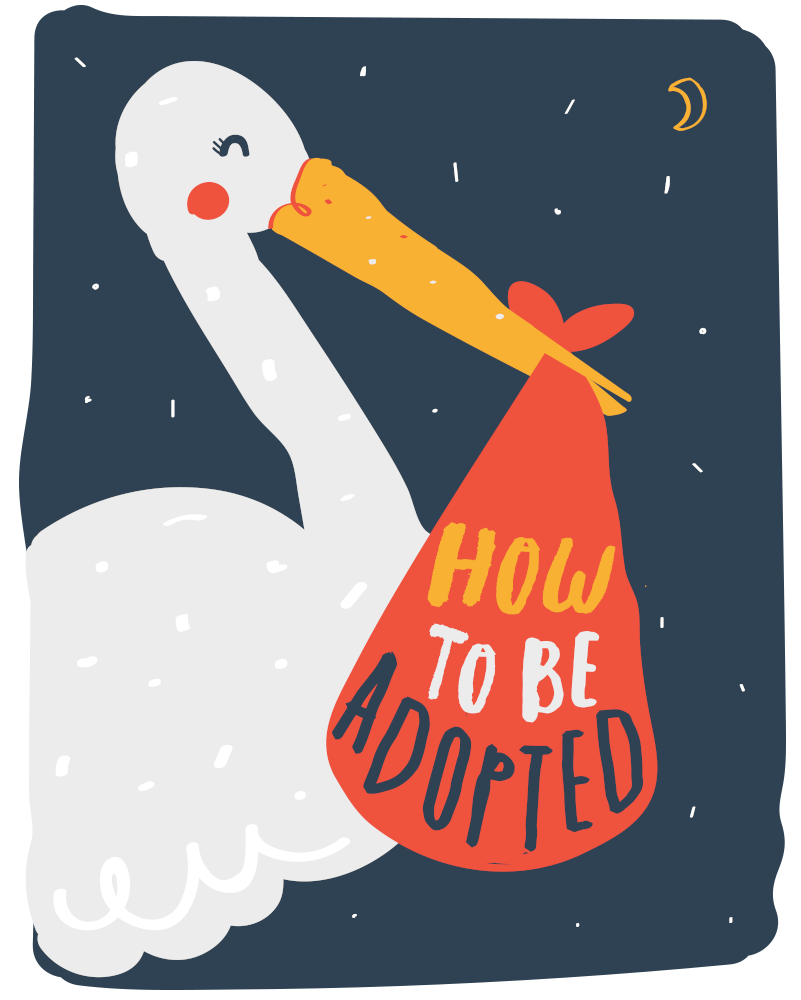
The In-Between Lines project at Coram
London exhibition and poetry from young people - including adoptees - on the theme of identity.

Who am I? A blog about identity from an adoptee’s perspective
UK adoptee Danielle has spent many years wrestling with questions such as “Do I belong?” and “Do I matter?”…

Finding my voice through adoption blogging
This was the year I shed my anonymity in a pretty huge way with a Grazia interview, AdopteesOn podcast and speech for One Adoption.

Finding the pieces - an adoptee's journey to feeling whole
Guest blog from Gilli Bruce about building a sense of self as an adoptee

What is life story work and why does it matter?
Guest blog on identity, the “trove” project, and why it’s important for adoptees and care experienced children to keep mementos and memories safe…
